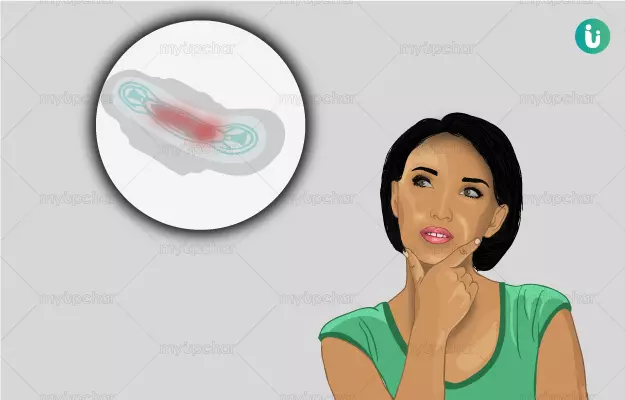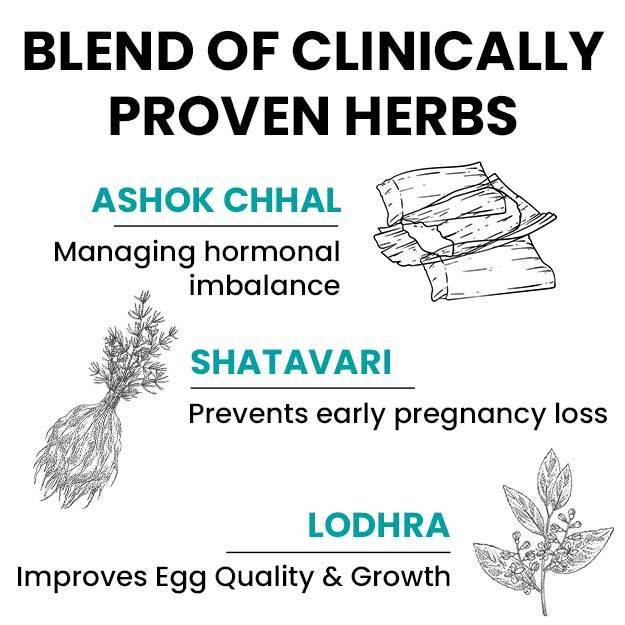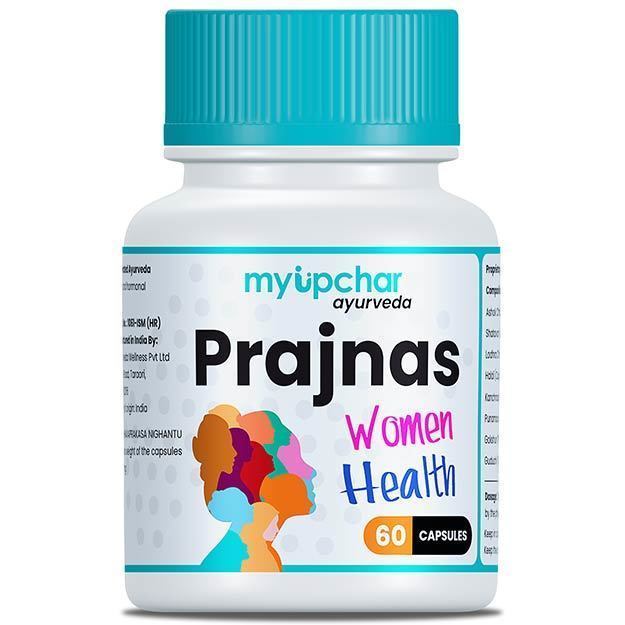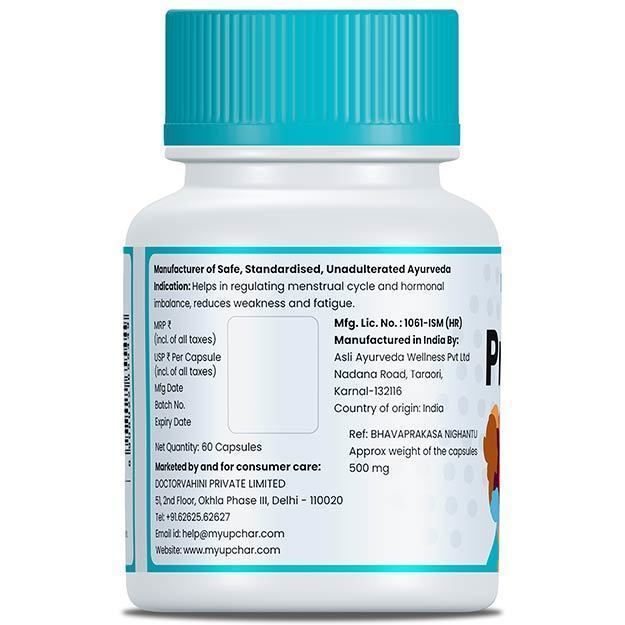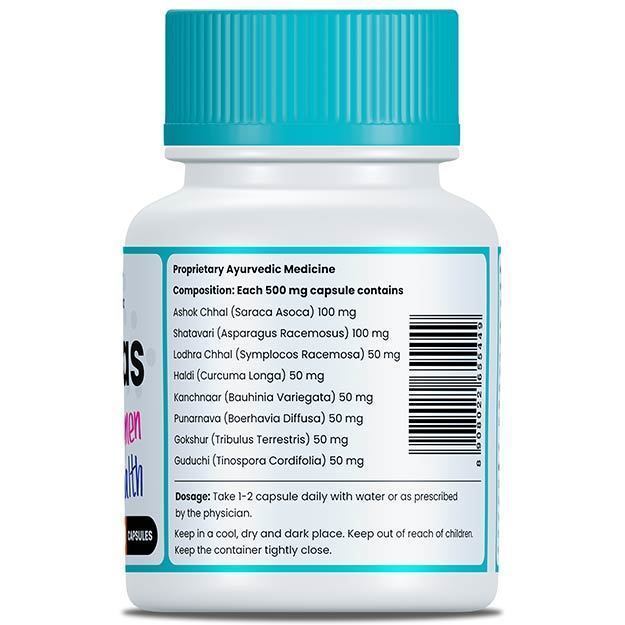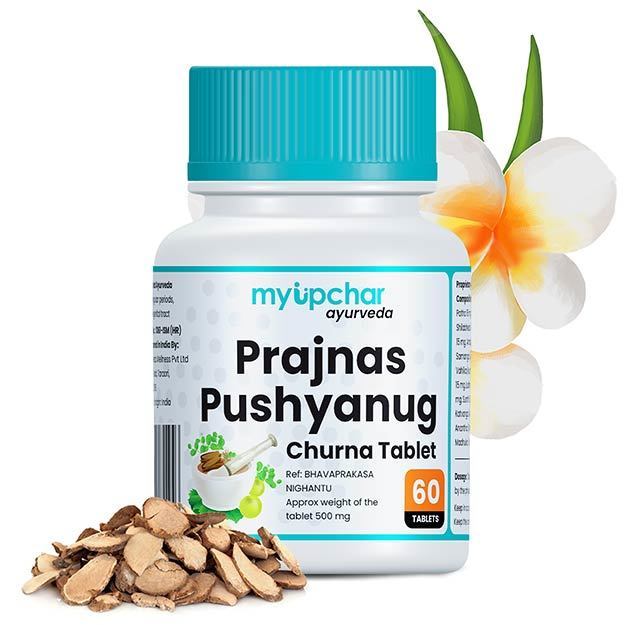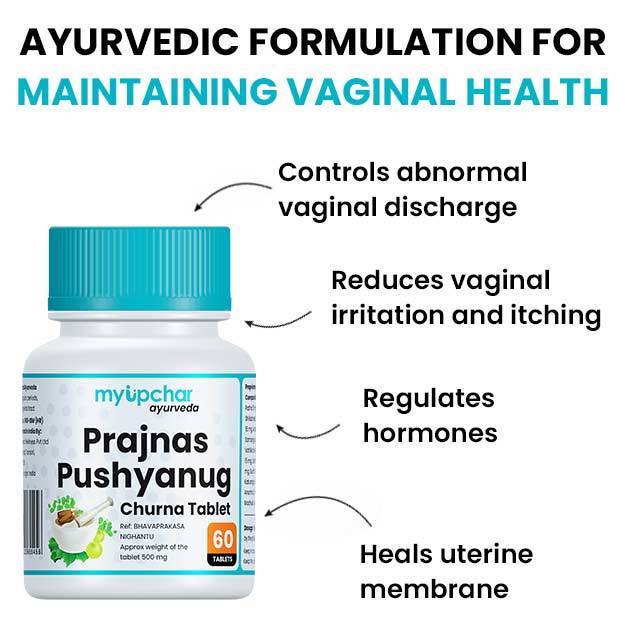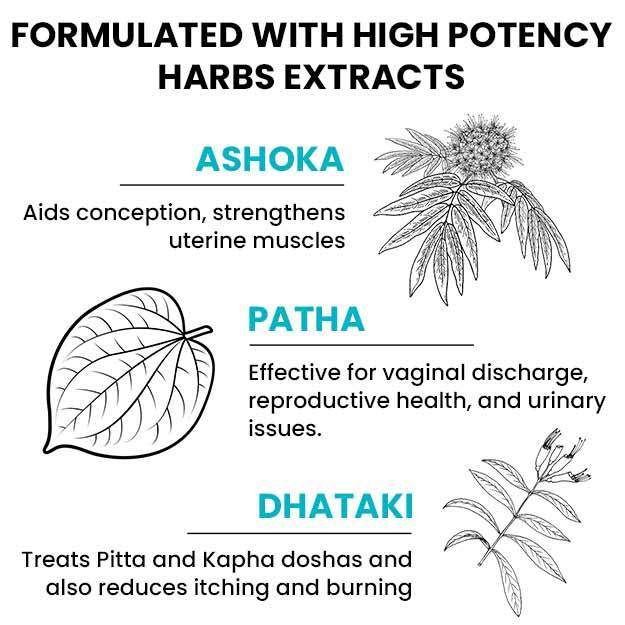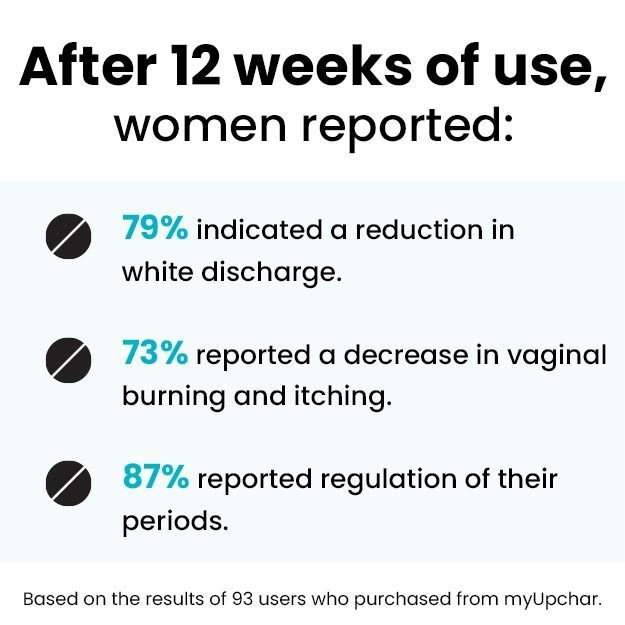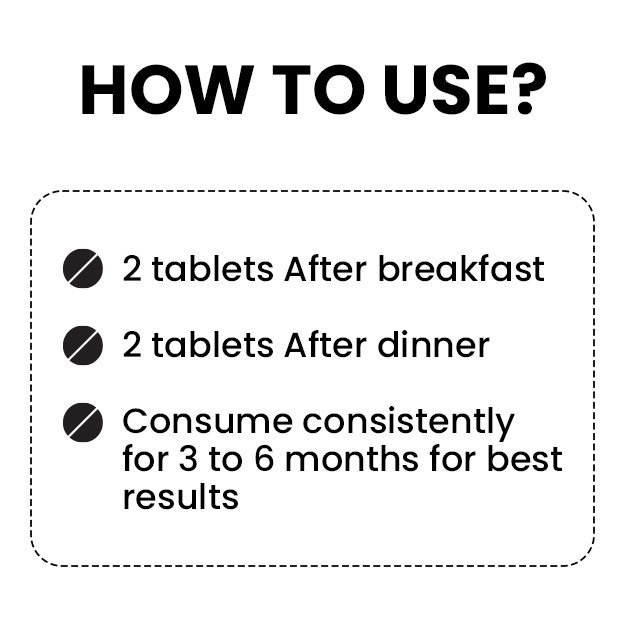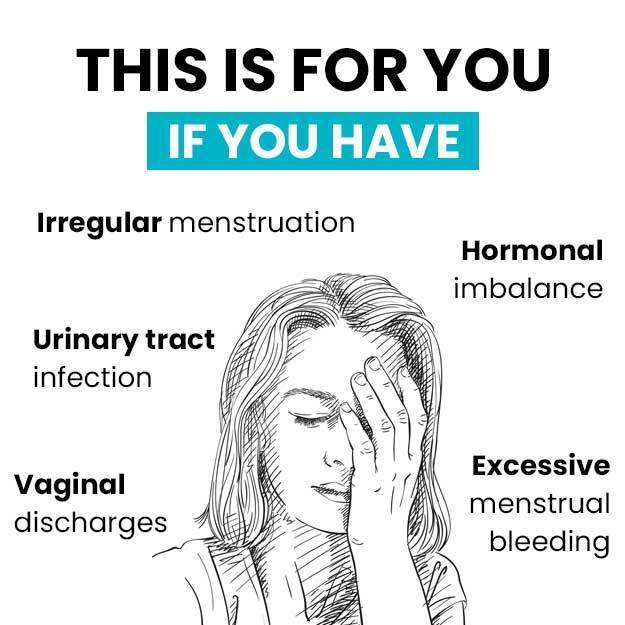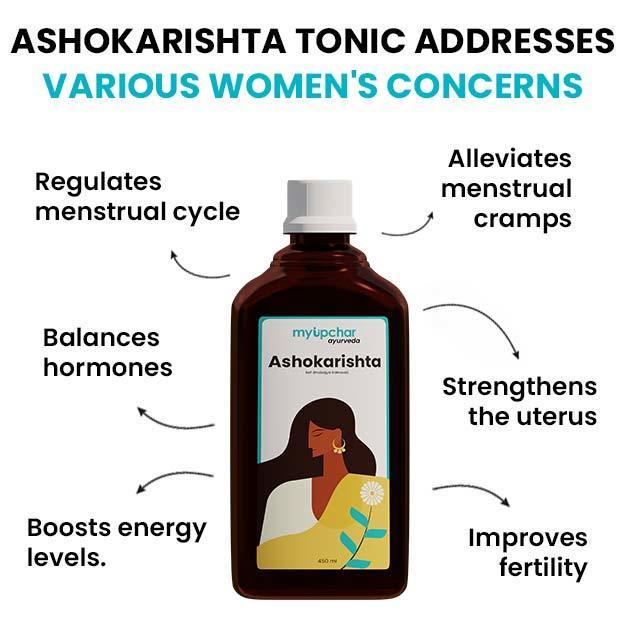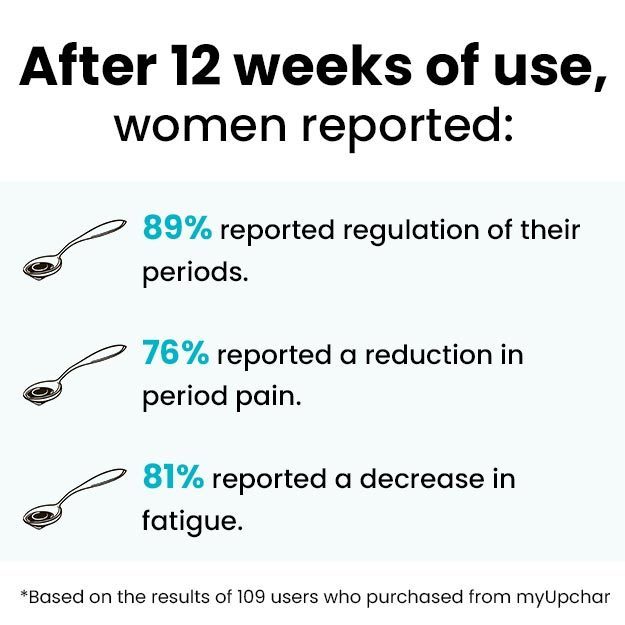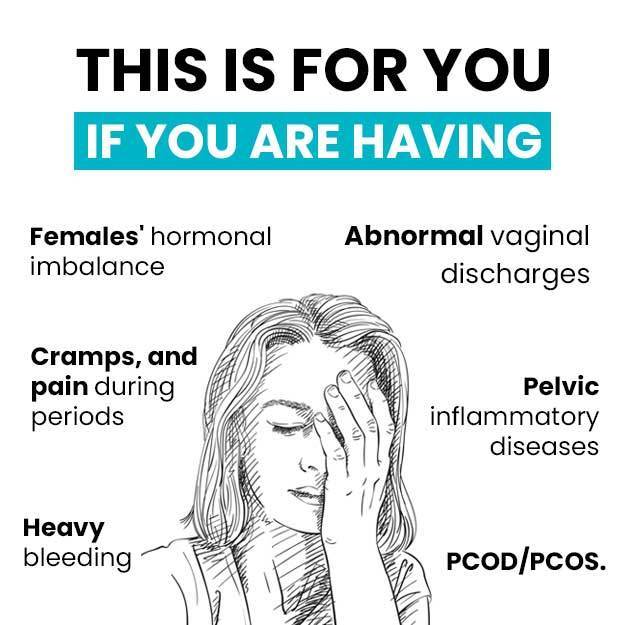Summary
Hypomenorrhoea, also known as light periods or scanty menses, is a condition where the woman experiences extremely scanty flow during menstruation. It may be associated with a reduced duration of periods too. The total amount of blood discharged from the body in hypomenorrhea is less than 80 ml and may last for less than two days. Some of the causes of hypomenorrhea include heredity, pregnancy, low-fat content in the body, hormonal imbalance, and polycystic ovary syndrome. It can also be due to certain contraceptive methods, such as birth control pills and intrauterine devices. The commonly used diagnostic methods to detect hypomenorrhea are blood tests and ultrasound scanning. This condition is generally managed by treating the cause.
(Read more: Heavy periods causes)
- What is a hypomenorrhea
- Symptoms of less bleeding during menses
- Causes and risk factors of light periods
- Prevention of light periods
- Hypomenorrhea diagnosis
- Treatment for hypomenorrhea
- Prognosis and complications of light periods
What is a hypomenorrhea
The monthly period in women generally lasts for four to seven days with the total menstrual cycle length varying from 21-35 days. The length of the menstrual cycle and the quantity of blood flow is different among women. It also changes depending on the regular activities in a woman’s daily routine. When there is an abnormally reduced blood flow during menses and a shortened period of flow for less than two days, the condition is termed hypomenorrhea. It can be considered a type of menstrual disorder.
Symptoms of less bleeding during menses
You may experience the following symptoms if you are suffering from hypomenorrhoea:
- The blood flow during periods would be for less than two days.
- Excessive blood clots are seen on the pad. (Read more: Blood clots during periods)
- The bleeding quantity would be less compared to previous months.
Causes and risk factors of light periods
Causes
Many factors may affect your menstrual cycle. The following are some causes of hypomenorrhea:
- Heredity
Hypomenorrhea might be inherited in girls who have a family history of this condition. - Asherman's syndrome
The Asherman’s syndrome, commonly known as adhesions (scar tissue) in the uterus and/or cervix, may cause hypomenorrhea. The scar tissue may appear in one part of the uterus, but in many cases, it may also cause the uterus walls to stick to one another. They generally occur due to pelvic surgeries like caesarean section or procedures for the removal of fibroids and polyps. Infections like genital tuberculosis are another cause of Asherman’s syndrome. - Oral Contraceptive Pills
Hypomenorrhea is one of the side-effects of combined contraceptives that cause local changes in the innermost lining of the uterus, i.e., the endometrium. - Sterilisation Technique
Hypomenorrhea is also one of the adverse effects of birth control techniques, such as the tubal method of sterilisation or tubectomy. A tubectomy involves putting clips and tying the fallopian tubes of the female reproductive system. This prevents the meeting of the egg and sperms after intercourse and hence pregnancy. - Pregnancy
Although rare, some women experience hypomenorrhea in the initial few months of pregnancy. Vaginal bleeding in pregnant women during the first trimester may not be a problem, but if it occurs during the second and third trimester, it may be an indication of an underlying serious medical condition. Consult your doctor immediately if you are pregnant and experience bleeding during pregnancy. - Age
Age is one of the most significant factors affecting the blood flow during your periods. The amount, as well as the duration of bleeding, varies among women of different age groups. The blood flow differs from normal during teenage and reduces during menopause. Hormonal imbalance is the primary reason for this. - Low body fat
Body weight and fat content directly affect the hormonal secretions in your body. Hormones are responsible for maintaining a regular menstrual cycle. Hence, women with less than normal body weight and fat content suffer from hypomenorrhea. (Read more: How women can gain weight) - Lactation
In the case of recent childbirth, a lactating mother may experience hypomenorrhea due to high prolactin levels. (Read more: Benefits of breastfeeding) - Sheehan's Syndrome
It is a condition characterised by heavy blood loss after childbirth. The heavy blood loss may cause pituitary insufficiency, wherein an insufficient amount of hormones are produced in the body leading to light periods. - Stress
It affects the hormonal balance, which is essential to maintain a normal and regular menstrual cycle. Hence, stress may cause scanty periods. - Exercise
Regular exercise increases your physical activity. Many female athletes who work out intensely lose weight due to strenuous exercise, which causes hypomenorrhea. - Eating Disorder
A decreased appetite and anorexia can also cause reduced weight and lead to scanty periods. - Polycystic Ovary Syndrome
In women with polycystic ovary syndrome (PCOS), the ovaries are unable to produce the required amount of hormones to maintain a normal menstrual cycle. This causes irregular ovulation interfering with the development of the uterine endometrium, causing short periods. (Read more: What to eat and avoid if you have PCOS) - Cushing’s syndrome
Abnormal increase in the production of the hormone cortisol, which is a stress hormone, over a prolonged period causes Cushing’s syndrome. Cortisol plays a role in maintaining blood pressure, blood glucose level, reducing inflammation, and converting food into energy. Cushing’s syndrome is one of the causes of hypomenorrhea. - Premature ovarian failure
Premature ovarian failure is a condition in which a woman's ovaries stop functioning normally before the age of 40. Such women may get irregular menses and experience hypomenorrhea due to a decreased production of oestrogen and lack of or irregular ovulation. - Medications for epilepsy
A study states that the frequency of menstrual disturbances is high in epileptic women who are on multiple drug therapy than those on monotherapy. It is also high in women on valproate therapy than in women on carbamazepine drug therapy. - Uncontrolled diabetes
Women with type 2 diabetes in which the blood sugar is higher than the standard normal value, gain weight over a period of time and are at a higher risk of developing menstrual problems.
Risk Factors
Certain factors that increase the risk of developing hypomenorrhea are:
- Obesity.
- Heavy exercise.
- Poor nutrition, especially a low iron diet.
- Alcohol abuse and smoking.
- A sedentary lifestyle with minimal physical activity.
- Mental illnesses, such as anxiety, depression, and more.
- Unhealthy food habits, such as eating a lot of junk food.
Prevention of light periods
The following measures can be used to prevent hypomenorrhea:
- Maintaining normal body weight and eating a healthy and well-balanced diet can help in the prevention of hypomenorrhea.
- Use birth control medications as well as other methods of contraception like condoms or intrauterine devices as directed by your doctor.
- Practice various relaxation techniques to release stress like yoga and meditation.
- Give enough resting time to your mind and body.
- Maintain a healthy lifestyle and dietary habits. Include moderate exercise in your regular schedule.
- Athletes should reduce intense exercise to reduce the risk of developing a menstrual disorder.
- Maintain good hygiene by changing the tampons or sanitary napkins every four to six hours.
Hypomenorrhea diagnosis
The following tests can diagnose hypomenorrhea:
- Ultrasound Scanning
It helps in imaging the internal organs and determining any defects in them. An ultrasound determines the thickness of the inner uterine lining, ovary size, ovulation stage among others, which can assist in diagnosis. - Blood Tests
A blood sample is collected and tested for the levels of various hormones that have a crucial role in maintaining normal menstruation. The levels of follicle-stimulating hormone, luteinizing hormone, insulin, prolactin, and oestrogen are determined. - Dilation and Curettage
Dilation and curettage is performed after injecting a local or general anaesthesia. During the procedure, the uterine lining is scraped off gently using sterile instruments and tested to determine the cause of reduced blood flow.
Treatment for hypomenorrhea
Hypomenorrhea can be cured by treating the underlying cause. Hence, an appropriate diagnosis of the condition is important for the initiation of therapy. Your doctor may recommend some medicines and certain changes in your lifestyle to correct the condition. The following are some treatment strategies of hypomenorrhea:
- Treatment of Cushing’s syndrome
If hypomenorrhea is due to high levels of the hormone cortisol or Cushing’s syndrome, treating it can be helpful in managing menstrual issues in women. The treatment of Cushing’s syndrome may include chemotherapy, surgery, radiation, and medicines to lower cortisol levels. If the increase in the level of cortisol is due to a long-term therapy of glucocorticoids, your doctor may reduce your dose. - Treatment of Sheehan’s syndrome
Hormone replacement therapy is used to manage insufficient hormone production due to Sheehan’s syndrome. During the therapy, the levels of various hormones are monitored regularly, and the therapy is adjusted according to it. - Treatment of PCOS
Lifestyle changes like maintaining a healthy weight or reducing weight, regular exercise, and diet control with plenty of fruits and vegetables can help in the management of PCOS. Your doctor may prescribe medicines to tackle the symptoms associated with this condition as well. (Read more: PCOS herbal remedies) - Treatment of Premature ovarian failure
Hormonal therapy is the first line of treatment in women with premature ovarian failure. This therapy should be continued until the woman reaches the average age of menopause, which is about 50 to 51 years of age. - Treatment of Hereditary hypomenorrhea
Scanty periods due to hereditary reasons cannot be treated. However, hormonal imbalance can be treated by hormone replacement therapy. - Treatment of adhesions
Hysteroscopy is used to treat intrauterine adhesions in Asherman’s syndrome by using scissors, lasers, and some other medical instruments to cut the adhesions.
Lifestyle management
Changes in Diet
Foods rich in iron, zinc, vitamin C, and omega-3-fatty acids, and other foods can help in correcting hypomenorrhea. These are:
- Iron-rich food
Increasing the intake of green leafy vegetables, red meat, oysters, liver, pumpkin seeds, and nuts can increase the iron content in your blood and help in preventing as well as treating anaemia and hypomenorrhea. - Omega-3 Fatty Acid rich diet
Increasing the intake of halibut, salmon, and cod, which are good sources of omega-3-fatty acids can help in improving the function of ovaries and enhance the level of blood flow. They also increase hormone production in your body. - Zinc-containing food
The right amount of oysters, pumpkin seeds, spinach, and sesame and sunflower seeds can help in maintaining zinc levels within the optimal range. Zinc aids in maintaining a healthy level of the hormones oestrogen and progesterone within your body. (Read more: Zinc-rich foods) - Sesame seeds
Benefits
Sesame seeds have blood-thinning effects. Hence they may help in prolonging the duration of light periods. However, they should not be consumed in excess as there is a risk of excessive blood flow. Also, people who are on blood-thinning medications should avoid sesame seeds as they may add to the effect and may be adverse for health. Avoid sesame seeds if you are allergic to them.
How to use it?
Dry the sesame seeds and grind them into a powder. Mix this powder with water and have it 2-3 times a day. You may also consume sesame oil. - Cinnamon
Benefits
Like sesame seeds, cinnamon also has blood-thinning effects and thus may prolong the duration of menstrual flow.
How to use it?
Prepare cinnamon powder, put it in warm water and have it two to three times a day like tea. - Raw (green) papaya
Benefits
Raw papaya has been known to be a “hot” fruit. Also, raw papaya contains latex that induces uterine contractions. As a result, Behere is an increased flow during menstruation. However, it should not be consumed in excess as severe menstrual cramps may cause discomfort and pain.
How to use it?
Eat a few slices of raw papaya twice a day to experience effective results. - Flax seeds
Benefits
Flax seeds have oestrogen-like effects. Thus, they cause an increase in the thickness of the uterine lining. The more the thickening, the longer the blood flow duration in menses.
How to use it?
Add it to unsweetened yoghurt and have it a few times a day on a regular basis.
Yoga
The following are some of the yoga techniques and the methods to perform them to manage stress better:
- Shavasana (Corpse Pose)
Lie on the floor facing the ceiling without using a pillow. You may use a pillow if it is very discomforting. Close your eyes. Let your arms rest on the sides of the body at a small distance. Let your palms face the ceiling. Keep some distance between your legs, with toes facing the sides. Focus your attention on the right foot, then the right knee then left foot, and continue coming in an upward direction towards your head as you breathe. Continue breathing slowly and deeply, and do this for about 10 to 20 minutes till your body is relaxed completely. With the help of your right hand, sit up and keep your eyes closed, inhale a deep breath and open your eyes slowly and gently. - Danurasana (Bow Pose)
Lie down on your stomach with your arms resting on the sides the body. Bend your knees and then hold your ankles with your hands. Lift your chest in the air while breathing in, and pull up your legs. Balance this pose for as long as your body allows and avoid overstretching. Let your body be in this curved position for 15- 20 seconds, like a bow, and concentrate on your breath. Then exhale and gently bring your chest and legs down on the floor. Leave the ankle and allow your hands and legs to relax. - Matsyasana (Fish Pose)
Lie down on your back with legs close to each other and arms relaxing on the sides of your body. Keep your hands underneath the hips with the palms facing the floor and bring the elbows close to each other. Lift your head and chest then bend the head backwards with the top of your head touching the floor gently. Take the support of your elbows by putting weight on them and not on the head. Keep your legs pressed on the floor. Stay in this position for as long as possible while taking long gentle breaths. Relax by lifting the head, lowering down your chest, and bringing the hands on the sides of your body. Repeat 5-10 times each day. - Marjariasana (Cat stretch)
Balance your body weight on your palms and knees as you put them on the floor like a cat. Place your arms perpendicular to the floor, with hands at a position directly under the shoulder. Look straight with chin up. Breathe in and bend your waist so that your navel goes down towards the floor and raise your buttock. Hold this cat pose for a while. Exhale while you bend your waist in order to push your back more towards the ceiling. Drop your chin. Raise your back and relax your buttock. Hold this position for a few seconds. Keep repeating the entire procedure five to six times.
After performing yoga, lie in the yoga nidra position to relax your mind completely. Toxins are the major cause of stress and yoga helps in toxin removal from the body, thereby relieving stress.
Prognosis and complications of light periods
Prognosis
A timely diagnosis is enough to treat the condition completely in most cases. The prognosis is good where the cause of hypomenorrhea are diseases like PCOS, stress, low-fat content, Sheehan’s syndrome, and Cushing’s syndrome, which can be treated and the menstrual cycle will be regular after the treatment of the cause. However, when the cause of hypomenorrhea is hereditary, the outcome tends to be poor.
Complications
Complications of hypomenorrhea are rare. However, the underlying condition might continue to worsen, leading to infertility if left untreated. Thus, a thorough diagnosis is necessary to ascertain that no grave disease is underlining the symptom.
Find Obstetrician and Gynaecologist in cities
- Obstetrician and Gynaecologist in Bangalore
- Obstetrician and Gynaecologist in Mumbai
- Obstetrician and Gynaecologist in Ghaziabad
- Obstetrician and Gynaecologist in Chennai
- Obstetrician and Gynaecologist in Pune
- Obstetrician and Gynaecologist in Delhi
- Obstetrician and Gynaecologist in Hyderabad
- Obstetrician and Gynaecologist in New Delhi
- Obstetrician and Gynaecologist in Gwalior
- Obstetrician and Gynaecologist in Gurgaon
Doctors for Light periods

Dr. Ayushi Gandhi
Obstetrics & Gynaecology
4 Years of Experience

Dr. Anjali
Obstetrics & Gynaecology
23 Years of Experience

Dr.Anuja Ojha
Obstetrics & Gynaecology
20 Years of Experience

Dr. Geeta Kulkarni
Obstetrics & Gynaecology
7 Years of Experience
References
- Wright ST. The effect of light and dark periods on the production of ethylene from water-stressed wheat leaves. Planta. 1981 Oct;153(2):172-80. PMID: 24276768
- Sonya S. Dasharathy et al. Menstrual Bleeding Patterns Among Regularly Menstruating Women . Am J Epidemiol. 2012 Mar 15; 175(6): 536–545. PMID: 22350580
- Office on Women's Health [Internet] U.S. Department of Health and Human Services; Period problems.
- Eunice Kennedy Shriver National Institute of Child Health and Human; National Health Service [Internet]. UK; What causes menstrual irregularities?
- Office on Women's Health [Internet] U.S. Department of Health and Human Services; Menstrual Cycle.


